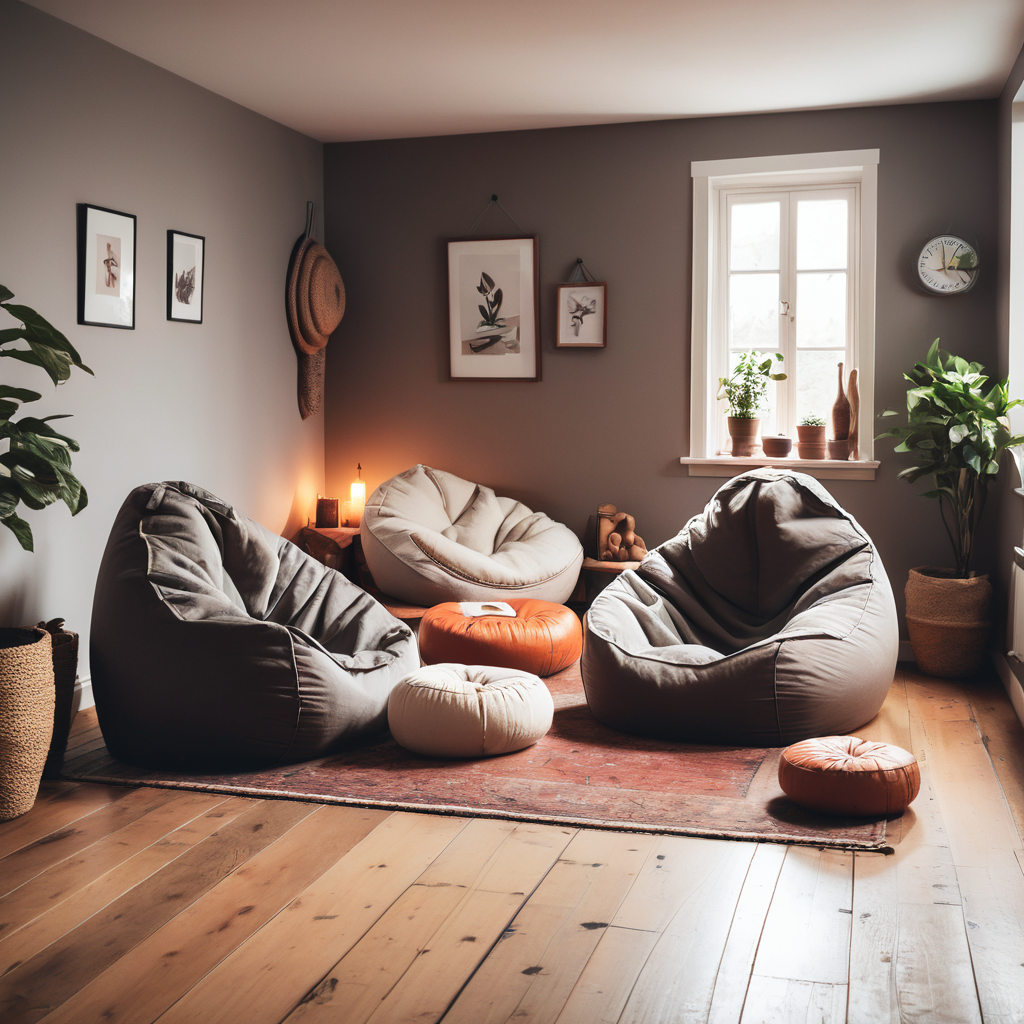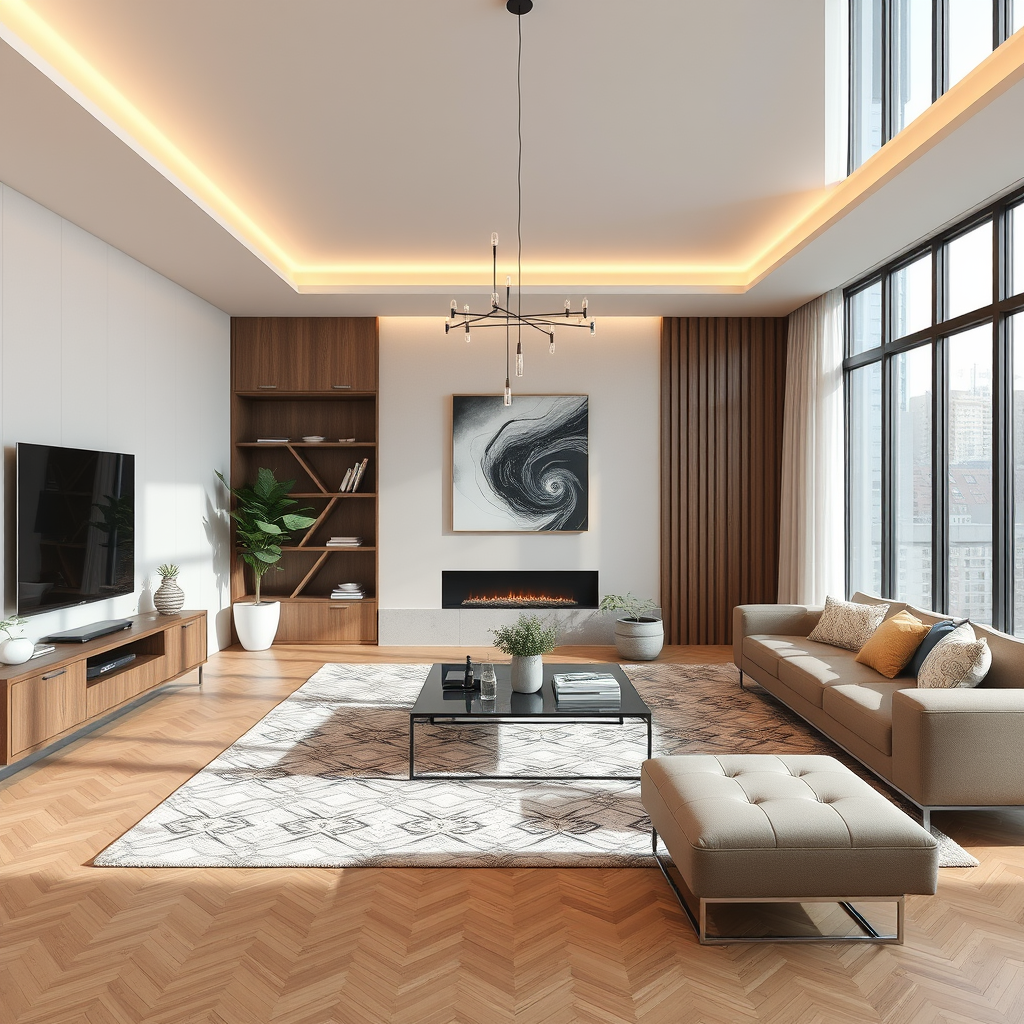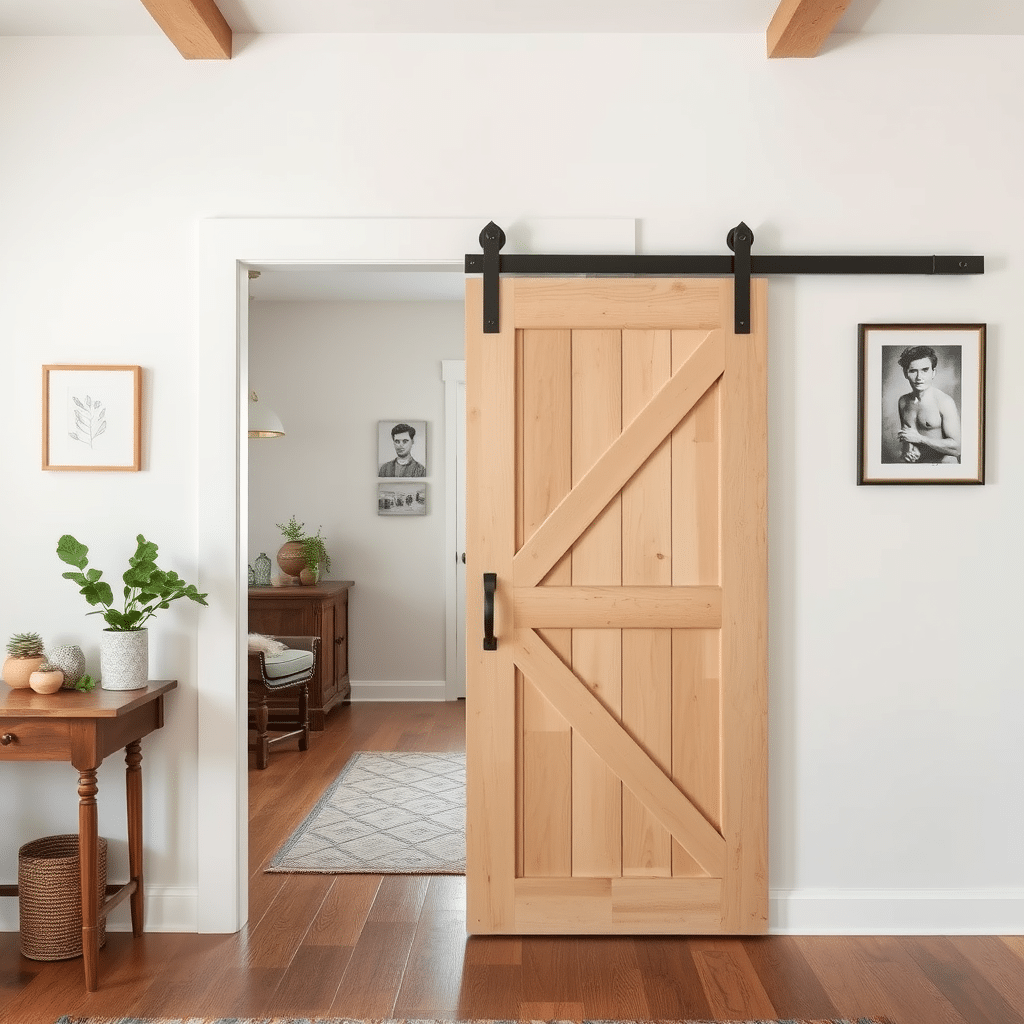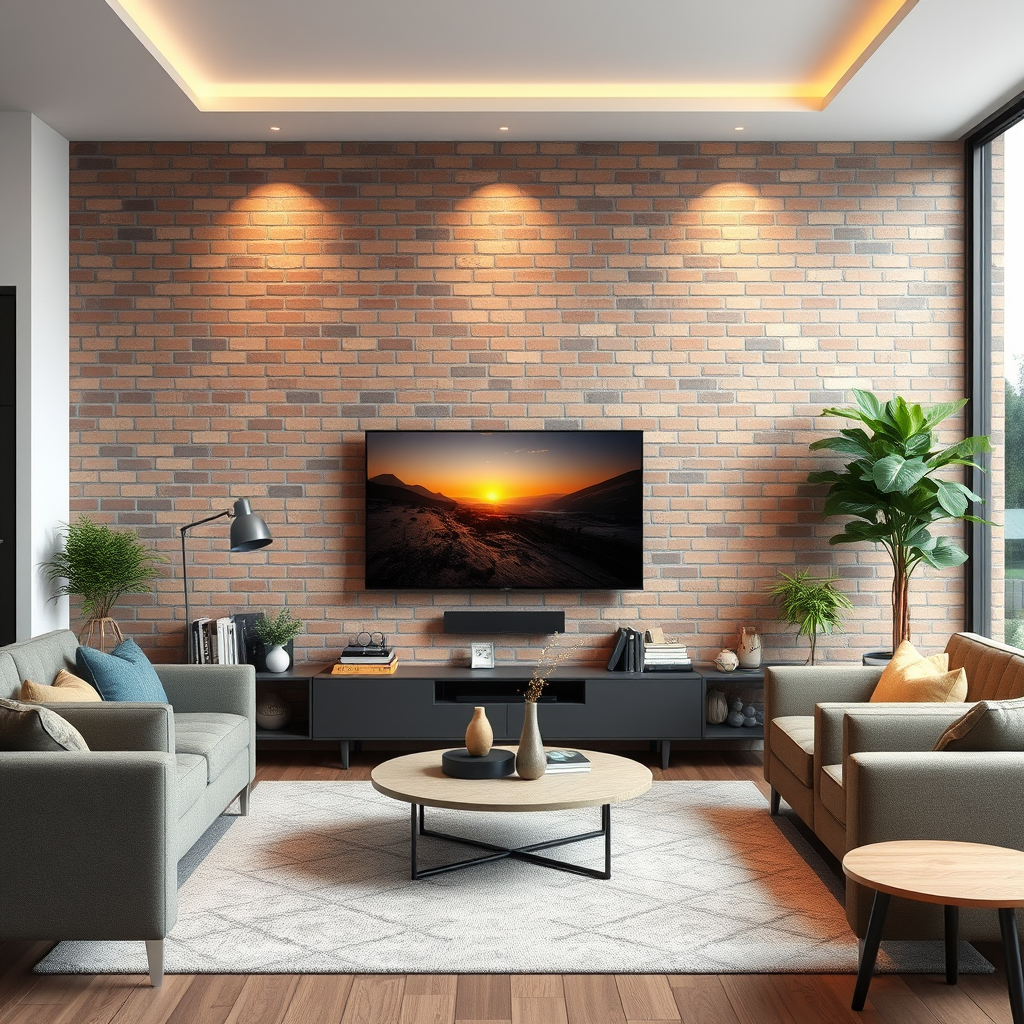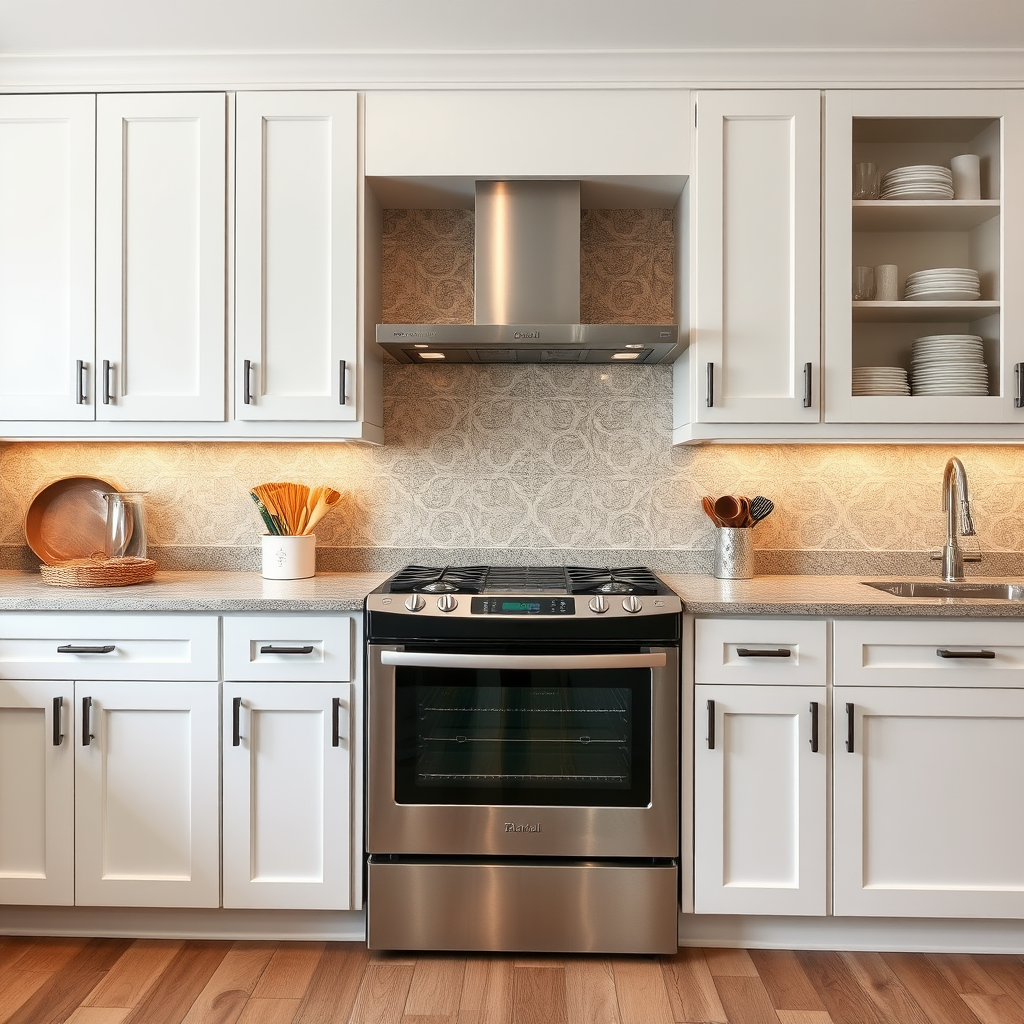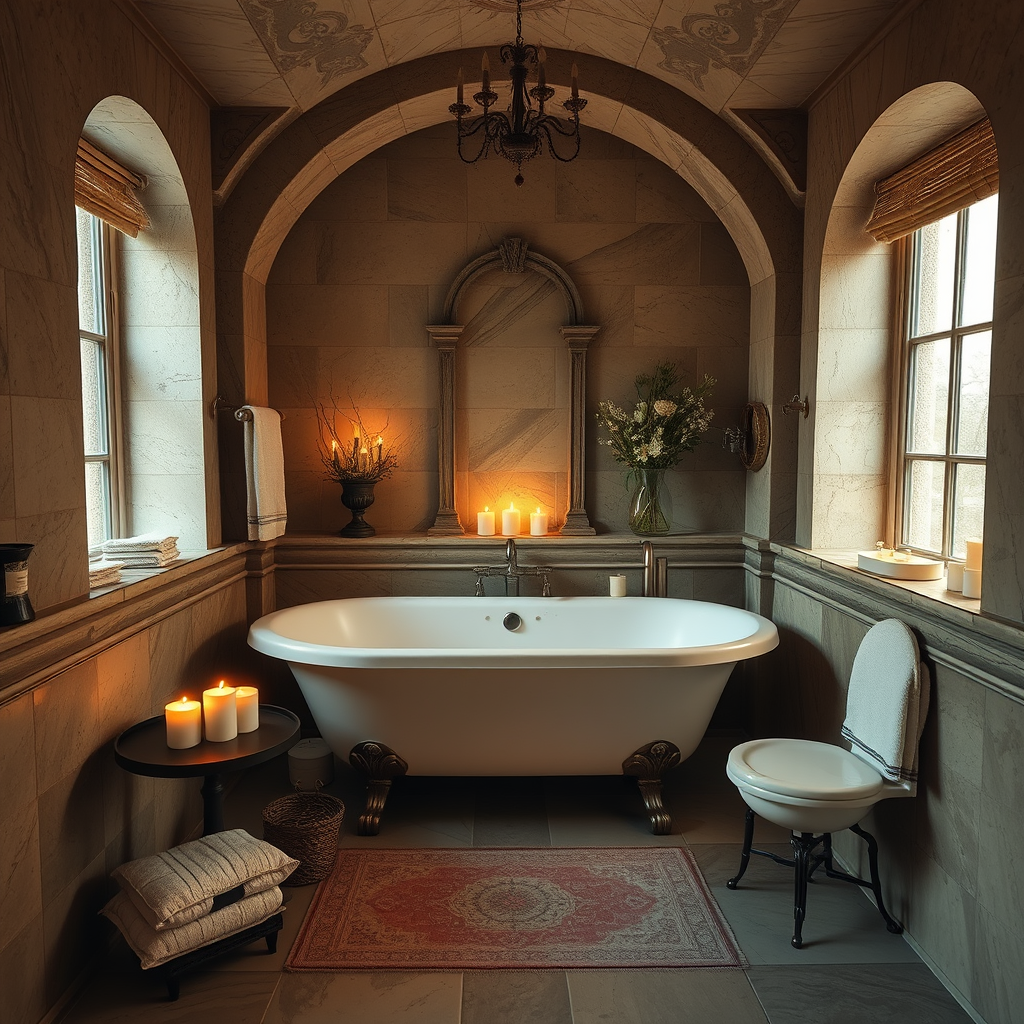Wood has been a staple in interior design for centuries, valued for its natural beauty, versatility, and functionality. From ancient times to the modern era, wood continues to play a significant role in creating spaces that are both aesthetically pleasing and practical. This article explores the various effects of using wood in interior design, highlighting its impact on aesthetics, comfort, sustainability, and maintenance.
#### **Aesthetic Appeal**
Wood brings a timeless elegance to interior design, offering a range of textures, colors, and grains that can complement any style. Whether it’s the rich, dark hues of mahogany or the light, airy appearance of maple, wood can enhance the visual appeal of a space. Its natural grain patterns add warmth and character, creating a sense of depth and authenticity. Wood can be used in various elements such as flooring, wall panels, furniture, and decor to establish a cohesive and inviting atmosphere. For instance, reclaimed wood can introduce a rustic charm, while polished walnut can exude sophistication.
#### **Emotional and Psychological Impact**
The use of wood in interior design has a profound emotional and psychological effect on occupants. Studies show that natural materials like wood can have calming and stress-reducing effects. Wood’s warm tones and textures create a cozy and comforting environment, which can enhance feelings of well-being and relaxation. Additionally, incorporating wood can bridge the gap between the indoors and outdoors, providing a sense of connection to nature that is often missing in urban environments.
#### **Versatility and Functionality**
Wood’s versatility makes it a valuable material for various design applications. It can be shaped, stained, and finished to suit a wide range of design preferences, from modern minimalism to traditional opulence. Wood’s durability and structural integrity also make it a practical choice for furniture, cabinetry, and flooring. Innovations in wood technology, such as engineered wood products and laminates, expand the possibilities for using wood in interior design while maintaining strength and performance.
#### **Sustainability**
Sustainability is a growing concern in interior design, and wood is often seen as an eco-friendly choice. When sourced responsibly, wood can be a renewable resource with a lower environmental impact compared to synthetic materials. Many designers are turning to sustainably harvested wood and reclaimed materials to minimize environmental footprints. Certifications like FSC (Forest Stewardship Council) ensure that the wood used is from responsibly managed forests, promoting environmental stewardship and ethical practices in the industry.
#### **Maintenance and Longevity**
While wood is a durable material, its maintenance needs should be considered in the design process. Wood surfaces require regular care to maintain their appearance and longevity. This includes cleaning, conditioning, and protecting against damage from moisture and UV light. However, with proper maintenance, wood can age beautifully and develop a patina that enhances its character. Additionally, wood’s repairability makes it a long-lasting choice, as scratches and dents can often be sanded out or refinished.
#### **Cost Considerations**
The cost of using wood in interior design can vary widely depending on the type of wood, quality, and treatment processes. High-end woods like oak or cherry can be quite expensive, while more affordable options like pine are also available. It is essential to balance budget considerations with the desired aesthetic and functional outcomes. Investing in high-quality wood products can lead to long-term benefits in both durability and design appeal.
#### **Conclusion**
The use of wood in interior design offers numerous benefits that extend beyond mere aesthetics. Its natural beauty, emotional impact, versatility, and sustainable qualities make it a valuable material for creating inviting and functional spaces. While there are maintenance and cost considerations, the advantages of incorporating wood into interior design often outweigh these challenges. By understanding the effects of wood and making informed choices, designers can craft spaces that are not only beautiful but also enduring and environmentally responsible.
As interior design continues to evolve, the timeless appeal of wood remains a cornerstone of innovative and effective design practices.

